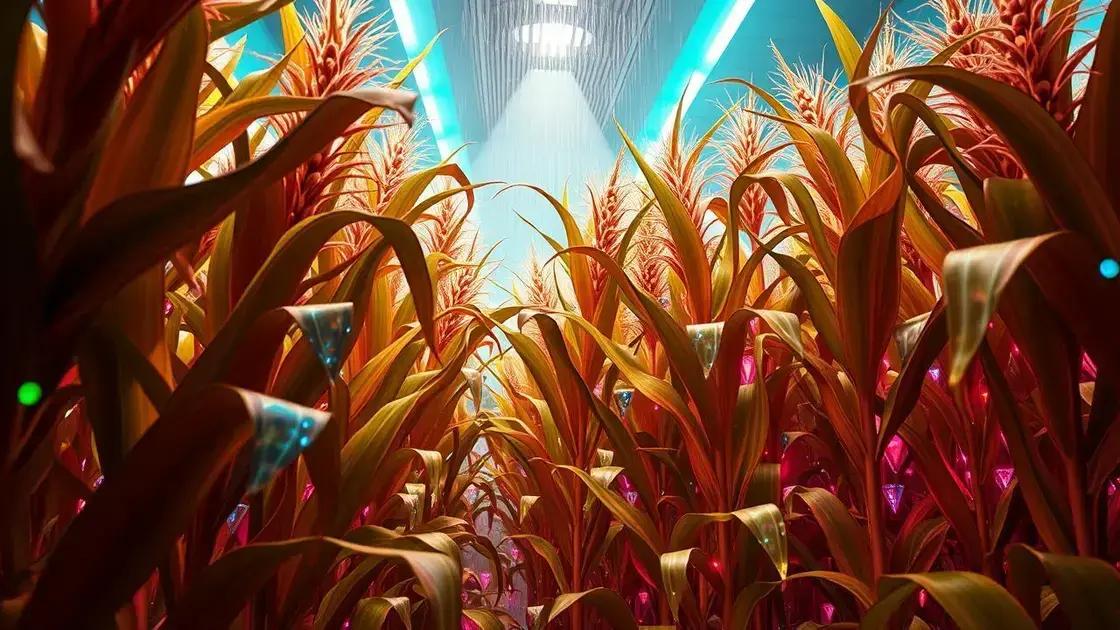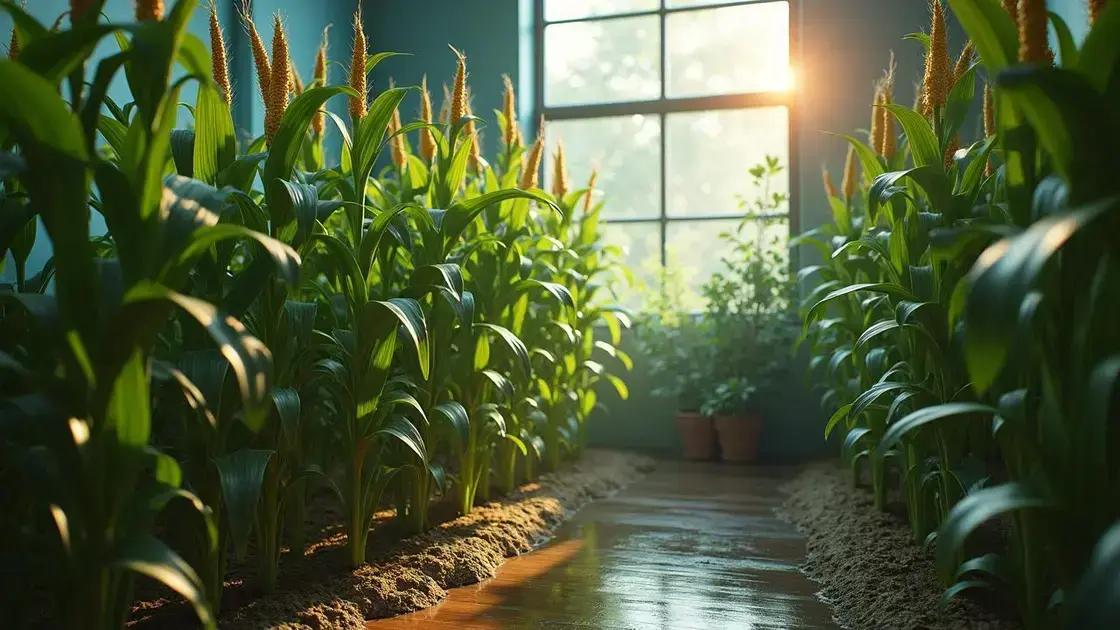How to Take Care of a Corn Plant Indoors: 5 Essential Tips for Thriving Growth
How to take care of a corn plant indoors is a question many plant lovers ask. With the right methods, you can cultivate lush greenery in your home. Let’s explore what your indoor corn plant needs, from lighting to watering. Uncover the secrets behind creating a thriving indoor oasis and the proper nutrition that fuels growth.
Table of Contents
ToggleEssential light requirements for indoor corn plants
Essential light requirements for indoor corn plants are crucial for their growth and health. Providing the right amount of light is the key to ensuring your corn plant thrives indoors. Here’s how to optimize lighting for your indoor corn plants.
Understanding the light needs
- Corn plants need bright, indirect sunlight.
- Avoid direct sunlight, which can scorch the leaves.
- Consider using grow lights if natural light is insufficient.
Best light positions for corn plants
- Place your corn plant near a south-facing window for optimal exposure.
- If using artificial lighting, position the lights about 12-24 inches above the plant.
- Rotate your corn plant weekly to ensure even light distribution.
Types of lighting suitable for indoor corn plants
| Lighting Type | Advantages | Disadvantages |
|---|---|---|
| Fluorescent Lights | Cost-effective and energy-efficient. | Less intense light compared to other types. |
| LED Grow Lights | Long-lasting and customizable spectrum. | Higher initial cost but worth the investment. |
| Incandescent Bulbs | Affordable and easy to find. | Producing too much heat and not energy-efficient. |
Maintaining optimal light levels
For optimal growth, ensure your corn plants receive at least 12-16 hours of light daily. Adjust exposure based on their response; if leaves appear pale, they may need more light.
For additional insights into exploring indoor gardening techniques, consider checking out expert gardening resources.
Watering tips for healthy indoor corn plants

Watering tips for healthy indoor corn plants are essential for promoting vibrant growth and leafy greenery. Proper watering practices can make all the difference in keeping your corn plant healthy and thriving.
Understanding the watering needs
- Indoor corn plants prefer consistently moist soil but should never sit in water.
- Check the top 2 inches of soil; if it feels dry, it’s time to water.
- Adjust your watering schedule based on the season and temperature.
Best watering practices
- Water thoroughly until you see excess water draining from the bottom of the pot.
- Use lukewarm water to avoid shocking the plant.
- Avoid frequent misting, which can lead to mold if overdone.
Signs of overwatering and underwatering
| Symptoms | Overwatering | Underwatering |
|---|---|---|
| Leaf Color | Yellowing leaves with browning edges | Droopy, wilted leaves |
| Soil Conditions | Wet, soggy soil | Dry, cracked soil |
| Growth Rate | Stunted growth with potential root rot | Slow growth, often with brown tips |
Adapting your watering routine
Each corn plant is unique; observe how yours responds to your watering schedule. If you’re unsure, it’s safer to underwater than overwater.
For additional tips, consider exploring indoor gardening techniques to enhance your plant care journey.
Fertilization strategies for robust growth
Fertilization strategies for robust growth are vital in ensuring your corn plant reaches its full potential. Providing the right nutrients promotes lush foliage and healthy development.
Understanding nutrient requirements
- Corn plants thrive on a balanced diet of nitrogen, phosphorus, and potassium (NPK).
- Each nutrient plays a crucial role in growth:
- Nitrogen supports leaf development.
- Phosphorus aids in root growth and flower production.
- Potassium enhances overall plant health and disease resistance.
When to fertilize
- Start fertilizing when your corn plant is actively growing, typically in the spring.
- Apply fertilizer every 4-6 weeks during the growing season.
- Reduce or stop fertilization during the dormant winter months.
Best fertilization methods
| Type of Fertilizer | Description | Usage |
|---|---|---|
| Liquid Fertilizer | Quick-acting and easily absorbed by roots. | Use every 2-4 weeks for best results. |
| Granular Fertilizer | Slow-releasing nutrient supply. | Apply at the beginning of the growing season. |
| Organic Fertilizer | Natural options like compost or aged manure. | Safe for indoor plants and adds beneficial microbes. |
Common fertilization mistakes
Avoid over-fertilizing, which can lead to nutrient burn. Always follow the recommended dosage on packaging and observe your plant’s response.
For more insights into successful plant care, consider exploring indoor gardening techniques that enrich your growing experience.
In conclusion
Caring for your indoor corn plant is a rewarding experience that requires attention to light, water, and nutrition. By implementing the proper light requirements, adhering to effective watering tips, and utilizing robust fertilization strategies, your corn plant can thrive in any indoor environment. Remember to adjust your care based on your plant’s response and the specific conditions of your home. For even more tips on enhancing your indoor garden, explore resources that provide additional insights and techniques.

